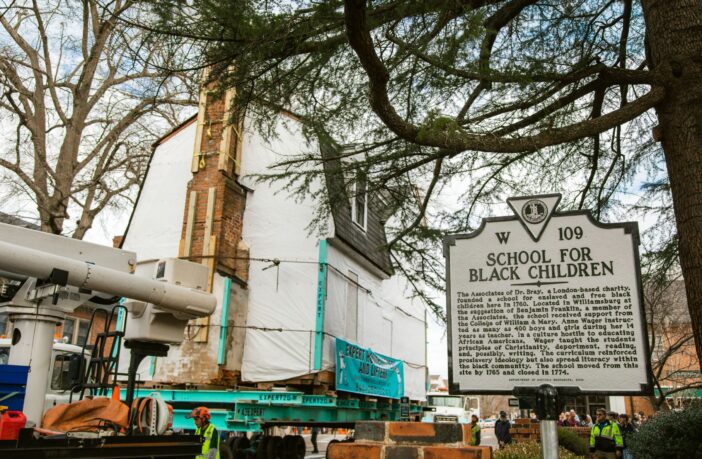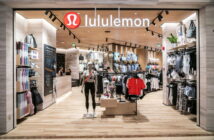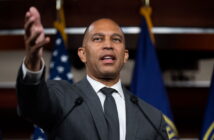The 18th century Bray School, located in Williamsburg, Va., is the oldest surviving building that formally educated free and enslaved African-American children. It was identified by the Colonial Williamsburg Foundation and William & Mary in 2020. (Photo by Brendan Sostak, The Colonial Williamsburg Foundation)
By Megan Sayles
AFRO Business Writer
msayles@afro.com
More than two centuries ago, a school in Williamsburg, Va. permitted both freed and enslaved Black children to receive an education. Established by the Associates of Dr. Bray, an Anglican charity started by English clergyman Thomas Bray, the Bray School served as many as 400 students from 1760 to 1774.
Black youth, aged three to 10, were taught a pro-slavery curriculum, encouraged to accept their “place” in society. The institution, which is the oldest surviving building that formally educated free and enslaved African-American children, was first identified by the Colonial Williamsburg Foundation and William & Mary in 2020.
“The associates wanted evidence that the children were being transformed by their religious education—which included Anglican prayers and catechism—becoming Christians who accepted enslavement as their appointed station in life,” said Maureen Elgersman Lee, director of the William and Mary Bray School Lab. “Serving obediently in one’s capacity as a ‘slave’ and living a life of Christian morality were constructed as their highest and best service to their maker.”
Over the course of its entire operation, the Bray School had one teacher, Ann Wager, a White woman. She was responsible for the students seven days a week, which included taking them to religious services and observations at Bruton Parish in Williamsburg.
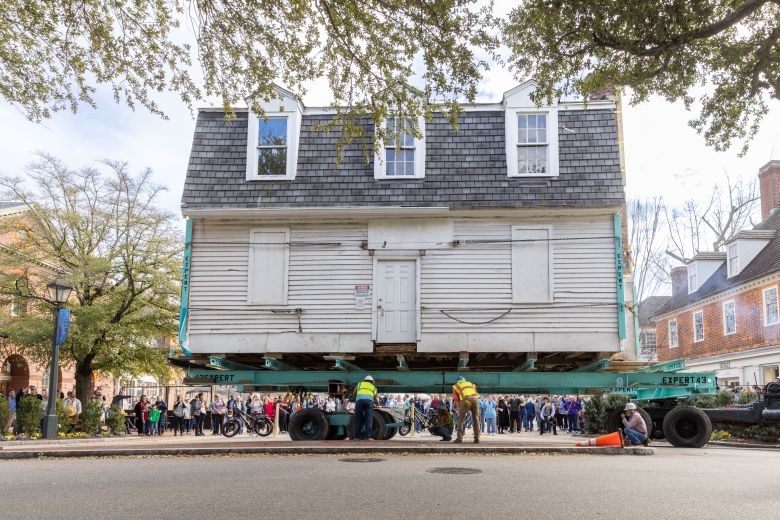 The Bray School is moved from William & Mary to Colonial Williamsburg. It is the first 18th-century original structure to be added to the area and the 89th original structure to be restored by the Colonial Williamsburg Foundation. (Photo by Brendan Sostak, The Colonial Williamsburg Foundation)
The Bray School is moved from William & Mary to Colonial Williamsburg. It is the first 18th-century original structure to be added to the area and the 89th original structure to be restored by the Colonial Williamsburg Foundation. (Photo by Brendan Sostak, The Colonial Williamsburg Foundation)
During the school day, students were taught reading and spelling. This would have equipped them to advance to writing, but it’s unclear whether writing was practiced within or outside of the classroom. If the latter, it may have been done in secret. Girls were specifically taught domestic skills, like sewing and knitting, to be of value to their households.
Though the central mission of the Associates of Dr. Bray was to convert people, who they viewed as heathens, to Christianity, Elgersman Lee said students could have used their education to resist their philosophies.
“Despite the intentions of the Bray Associates, local trustees and even the teacher, herself, once exposed to the highly curated religious doctrine and the practical skills the Bray School sought to impart, the children’s own curiosity, intelligence, mindset and community would help shape them for their own purposes,” said Elgersman Lee. “I am increasingly convinced that students wore the mask of being docile, receptive students while internally they became increasingly critical of the world around them and their prescribed place in it.”
On Nov. 1, the Colonial Williamsburg Foundation and William & Mary held a formal dedication ceremony for the building, which has now been restored. Soon, the institution will be fully open to the public in Spring 2025.
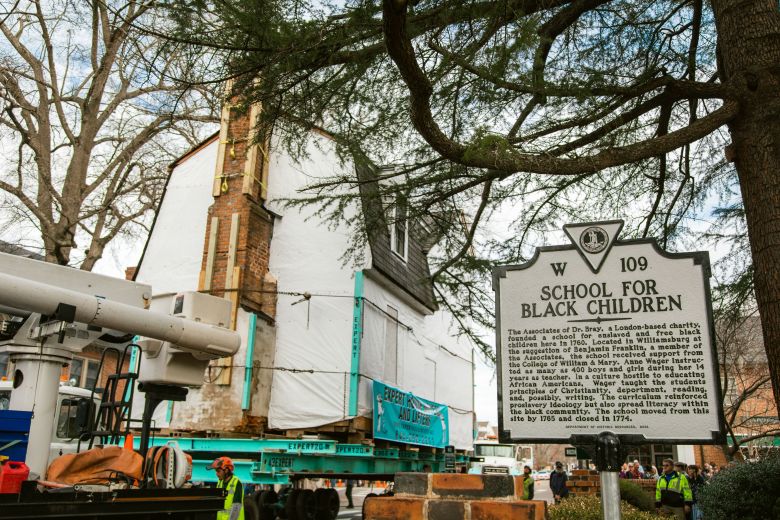 The Bray School, established by the Associates of Dr. Bray, holds a complicated history. It taught a pro-slavery curriculum to as many as 400 free and enslaved Black students from 1760 to 1774. (Photo by Brendan Sostak, The Colonial Williamsburg Foundation)
The Bray School, established by the Associates of Dr. Bray, holds a complicated history. It taught a pro-slavery curriculum to as many as 400 free and enslaved Black students from 1760 to 1774. (Photo by Brendan Sostak, The Colonial Williamsburg Foundation)
Descendants of Bray School students were given the opportunity to read the names of their ancestors during the commemoration. One, Janice Canday, shared Elgersman Lee’s sentiment.
“Even though the school wasn’t intentional in educating us, it was inspirational in helping our ancestors know that education was one of the keys to freedom and something they could use to find a new trajectory for themselves as people,” said Canaday. “It establishes the fact that we were an educated people, and we continue to be an educated people.”
Canaday, who is also the African-American community engagement manager for the Colonial Williamsburg Foundation, has traced two relatives to the Bray School: Elisha and Mary Jones. Despite the discovery, she continues to seek answers about how her predecessors used their education. Much of her research is through inventories and wills, as enslaved people were considered property.
“That’s the thing about being African American,” said Canaday. “Documents are few and far between. In order to find out a lot about them, we have to find out about the people around them.”
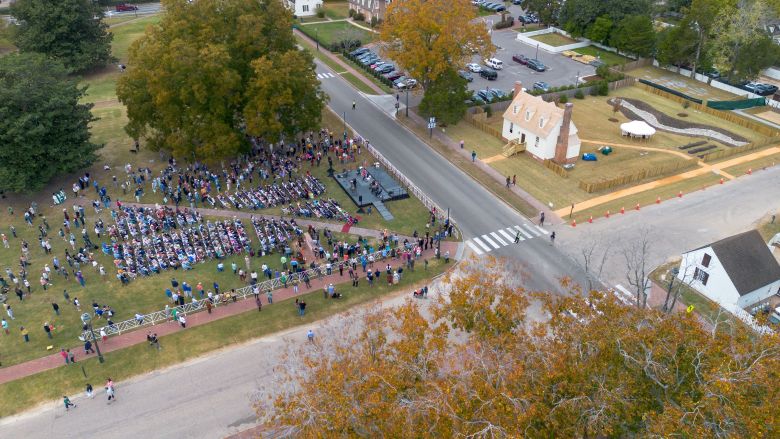 Individuals attend the public dedication of the Bray School in Williamsburg, Va. on Nov. 1. In the spring, the school will open as a living history museum with a focus on telling the stories of the students who attended the institution during the 18th century. (Photo by Brendan Sostak, The Colonial Williamsburg Foundation)
Individuals attend the public dedication of the Bray School in Williamsburg, Va. on Nov. 1. In the spring, the school will open as a living history museum with a focus on telling the stories of the students who attended the institution during the 18th century. (Photo by Brendan Sostak, The Colonial Williamsburg Foundation)
When the Bray School opens in the spring as a living history museum, one of its primary focuses will be telling the stories of the hundreds of students who learned in the building. Matthew Webster, executive director of architectural preservation and research at the Colonial Williamsburg Foundation, classified the Bray School as a tangible link to the past.
Though it carries a contentious history, it’s one that he believes needs to be amplified.
“I am a believer that it’s really difficult to figure out how we got to where we are today if we don’t understand our past,” said Webster. “It’s even more difficult to chart a path forward.”
